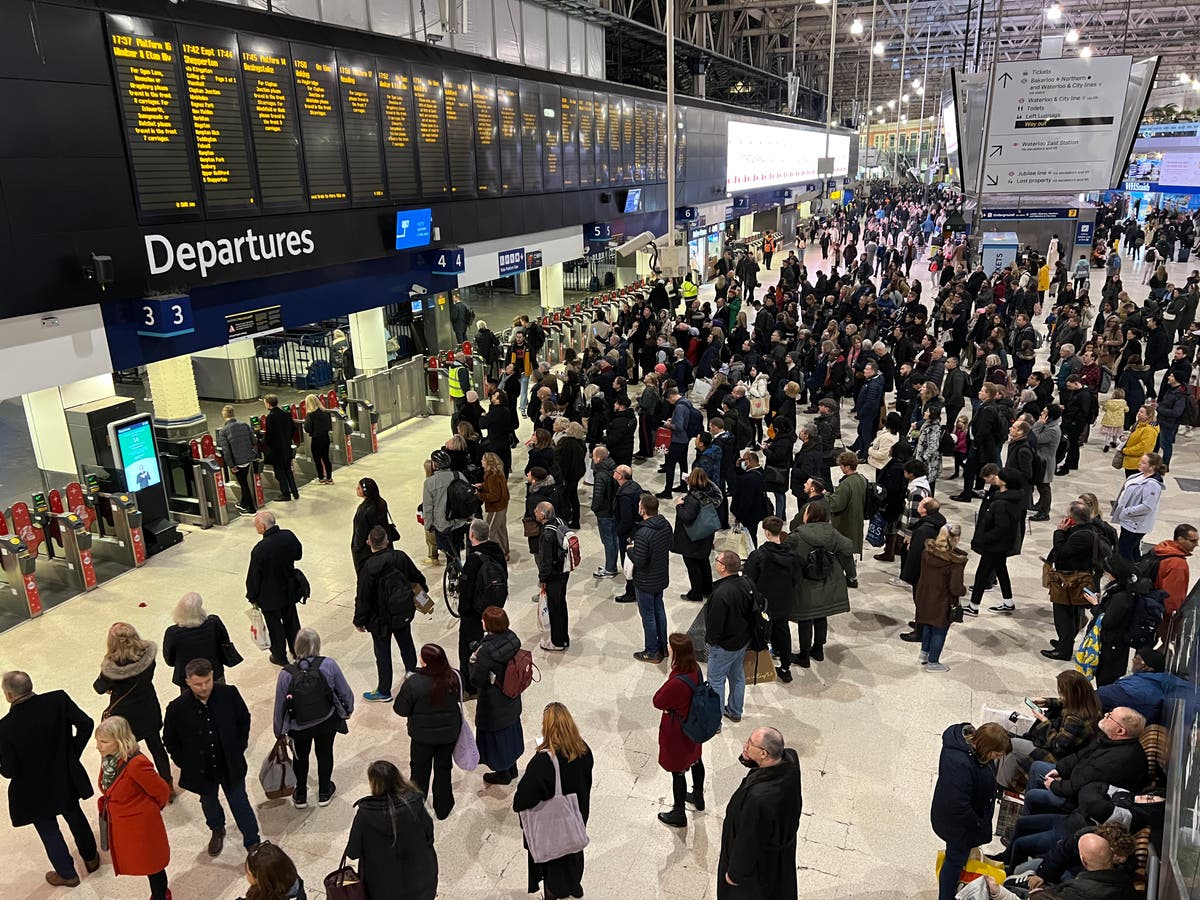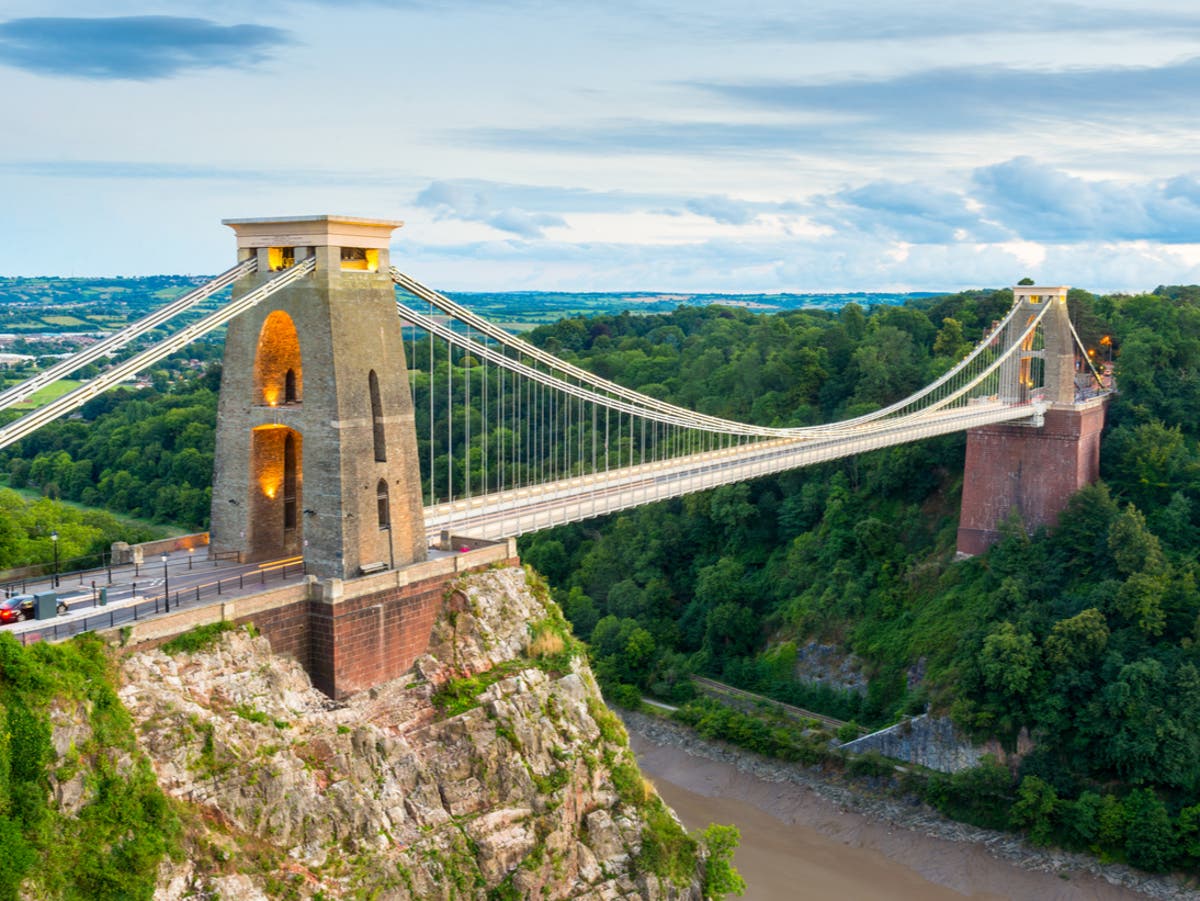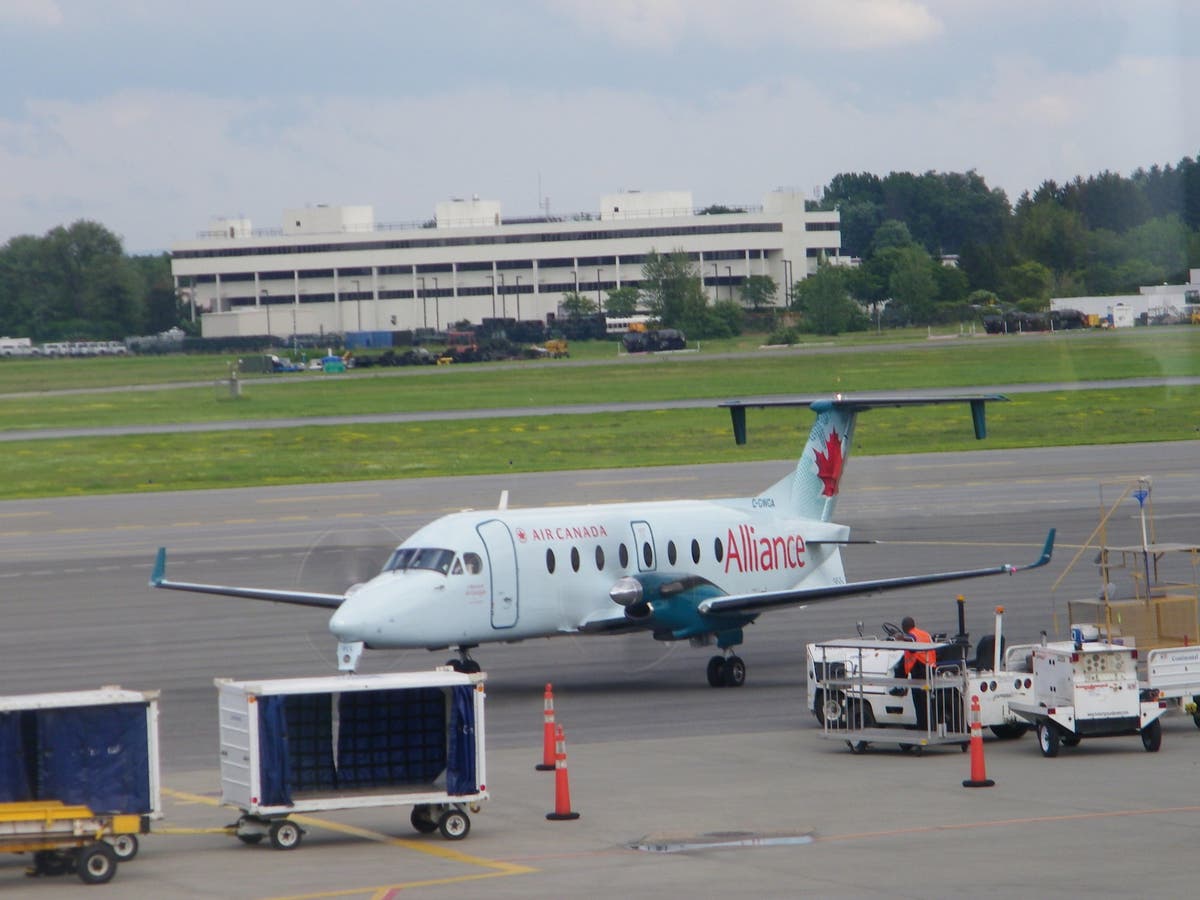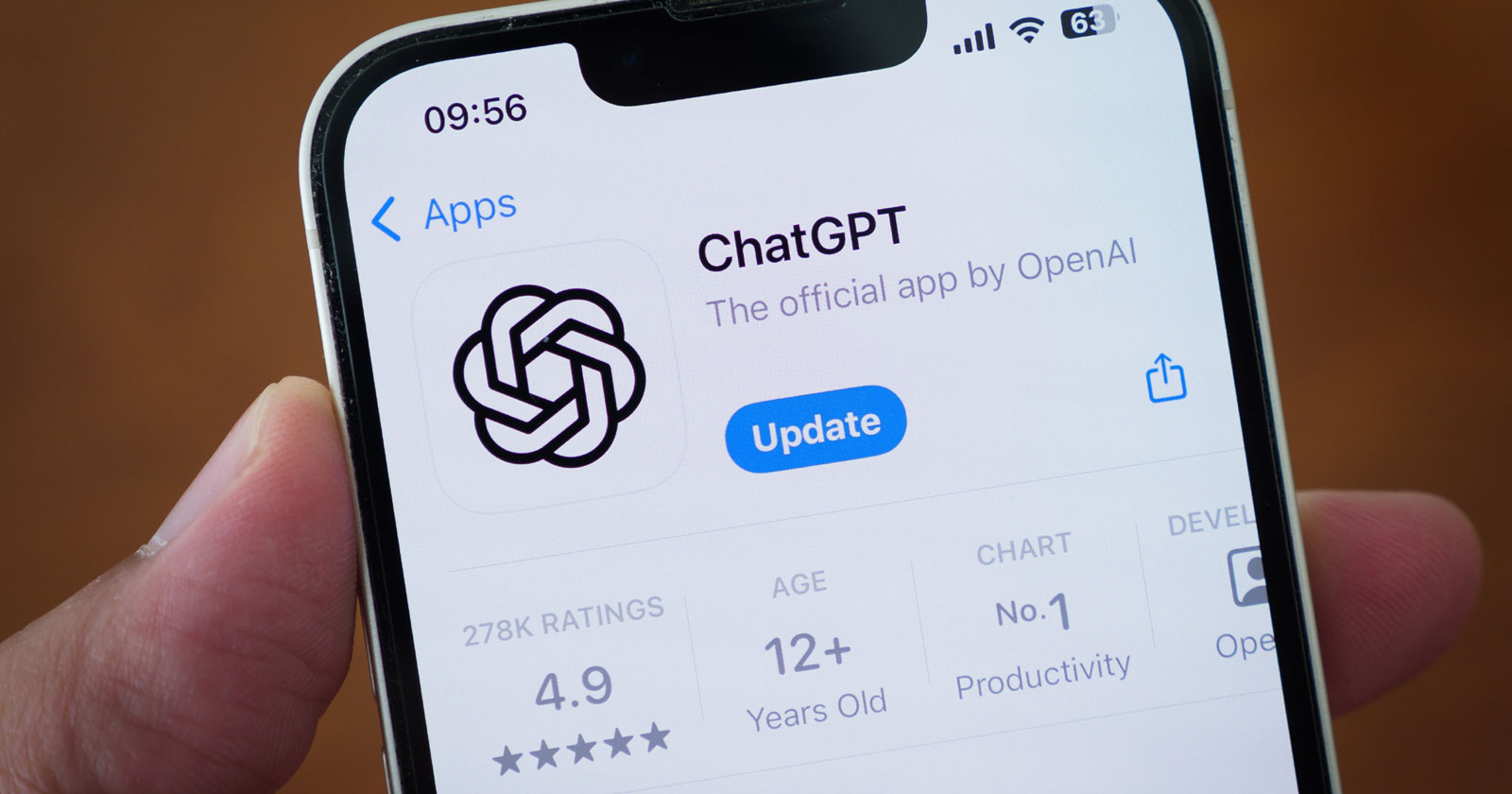Why train passengers in England and Wales face the biggest fares rise for 11 years from Sunday
Some rail journeys, such as Didcot to Swindon, will cost well over £1 per mile

Sign up to Simon Calder’s free travel email for weekly expert advice and money-saving discounts
Get Simon Calder’s Travel email
Rail passengers in England and Wales face the biggest fares rise for 11 years from Sunday 5 March.
The government has raised so-called “regulated” ticket prices by 5.9 per cent – and says it is protecting passengers from the full effects of inflation. But the increase comes just days after figures showed record unreliability on the railway. So what will it mean for travellers – and how can you save money?
These are the key questions and answers.
A snapshot of what the increases mean?
Rush-hour journeys on routes such as Manchester to Leeds and Bristol to Cardiff will rise by over £1 one way.
Passengers on the key commuter line from Winchester to London Waterloo will pay an extra £2.50.
The painfully expensive 14-minute, 24-mile hop between Swindon and Didcot Parkway rises from £28 to an astonishing £29.70.
And a season ticket between Brighton and London increases by over £300, to over £5,600.
These are all “regulated” fares controlled by the government. In this context “regulated” covers a range of fares that you can buy at any booking office a few minutes before travel: season tickets, journeys in and out of major cities and longer-distance off-peak fares.
What about fares that aren’t regulated?
Many of those have increased by roughly the same amount – so the Anytime fare from Manchester to London has risen by over £10 to £195.60. But crucially there’s no general increase to Advance fares, because those are priced at whatever train firms think is the right level to generate the most revenue.
These are increasingly popular, especially as they can often be bought on your smartphone a few minutes before departure.
In Scotland, fares are frozen until the end of March at least – with a six-month experiment coming soon that will see peak fares axed and everyone, including commuters, paying less for travel during the rush hour.
How can people save on the railways?
1 The more flexible you are with the time of day, the less you will pay. Between Birmingham and Derby, for example, there are loads of £9 one-way tickets – but only on services outside the rush-hour, when the price is typically doubled.
2 Railcards can save the £30 cost in a single long journey by saving a third on the cost – and you can get them for being under 31 or over 59, and in between the “Two Together” and “Family and Friends” railcards can help.
3 Take advantage of anomalies in the fares system by “splitting tickets”. Between London Paddington and Bristol Temple Meads, for example, you can legally and easily save money with the “Didcot Dodge” – buy one ticket to the Oxfordshire station and another from there.
Splitting tickets, so long as the train stops at the station, is an excellent way to save cash. There are many apps that will offer savings – and LNER, which connects London King’s Cross with Yorkshire, northeast England and Scotland, actually does the splitting for you if you use its App.
What do the government – and transport campaigners – say about the rise?
Ministers say they are being generous towards passengers. The annual increase in fares is traditionally linked to the previous July’s Retail Price Index measure. Last year that was 12.3 per cent, and so instead the government decided to use the 5.9 per cent figure for average wage growth instead.
Transport Secretary Mark Harper said it is “the biggest-ever government intervention in rail fares” and that it strikes “a fair balance between the passengers who use our trains and the taxpayers who help pay for them”.
But the independent watchdog Transport Focus, says its research indicates fewer than half of passengers think the railway currently delivers value for money tickets.
A report this week by the Office of Rail and Road showed a record number of train cancellations, and that doesn’t even take into account the effects of months of strikes by rail unions in disputes over jobs, pay and working arrangements, which have made life extremely difficult for millions of rail passengers.
Where are we with the rail strikes?
The next round of walk-outs by members of the RMT union begins on 16 March, with further stoppages on 18, 30 March and 1 April. The RMT believes workers are due a no-strings pay rise.
The government says that it has made its best and final offer, which is contingent on wholesale changes to long-standing working arrangements. It hasn’t been put to a referendum, but was rejected after what the RMT says was a consultation with its 40,000 members.
Ministers and the employers believe that the RMT leadership is increasingly out of step with the membership after many months of strikes and expects to see a significant number of workers ignoring the strike call.
What about fares on London Buses and the Tube?
The increase is around 5.9 per cent, the same as national rail. One-way Tube fares are rising by between 10 and 30 pence, and the bus fare is rising by 10p to £1.75 – though this allows multiple journeys within an hour.

 Konoly
Konoly 































